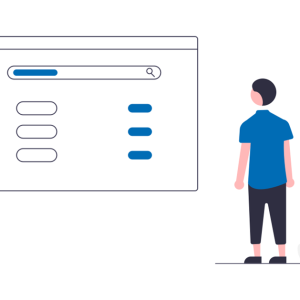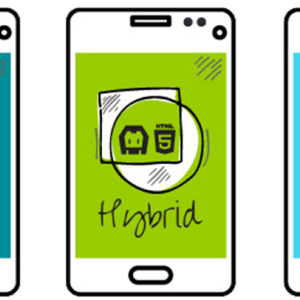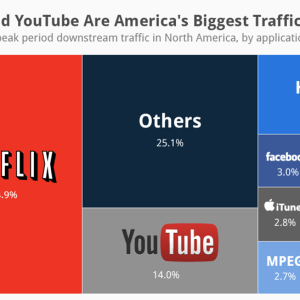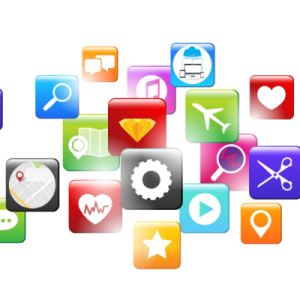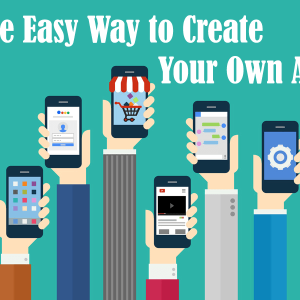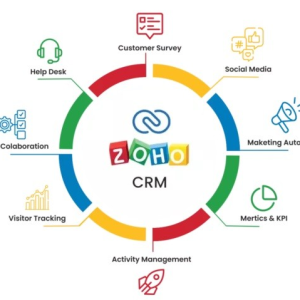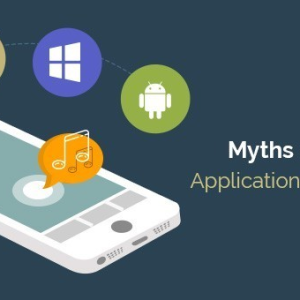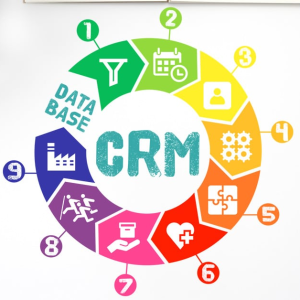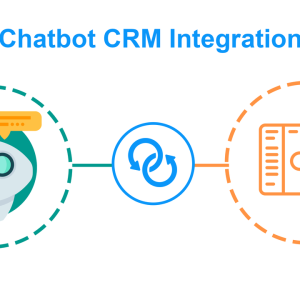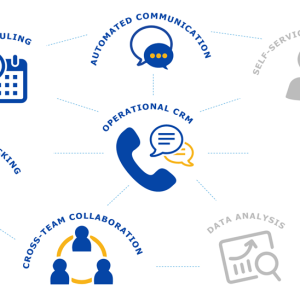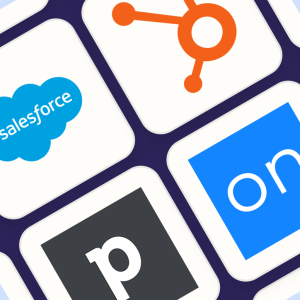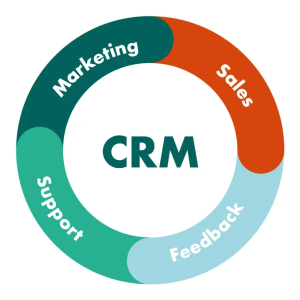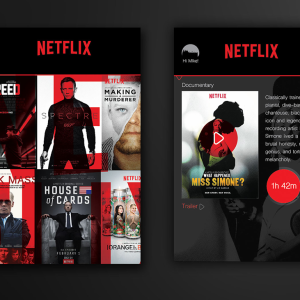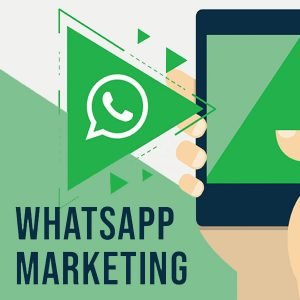Introduction
It seems like everyone has a smartphone these days, and with good reason – mobile apps make our lives easier and more fun. But did you know that you can create your mobile apps? It’s true! And in this guide, we’re going to show you how.
We’ll start by discussing the basics of mobile app development, including the different types of apps and what goes into planning and designing an app. Then we’ll walk you through the process of actually building your app, from coding to testing to deploying it. Finally, we’ll give you some tips on marketing your app and getting users to download it.
So if you’ve ever wanted to create a mobile app of your own, this guide is for you. Let’s get started!

#1 What goes into planning and designing a mobile application Development
You don’t want to just make any old apps these days. You need a good idea and some creativity or else your app will end up being forgettable like so many others out there today!
When planning and designing a mobile app, there are a few things you need to take into consideration.
#1 Give your app a purpose
First, you need to think about the purpose of your app and what kind of features it will have. What problem is it solving for users? What are they going to use it for?
#2 Think of a design
Once you have a clear idea of what your app is going to do, you need to start thinking about the design. How will users interact with it? What kind of user interface will you use? How will users navigate through the app?
#3 Code
The next step is to code. This part can either be fun or frustrating, depending on how much you enjoy programming! you can start coding it. However, before you start coding, make sure that all of the necessary resources are available to create it. These include developer accounts and licenses for software development kits (SDKs).
#3 Submit it for approval and wait
Finally, to make your app even more successful, you need to submit it for approval and wait patiently as Apple or Google checks that everything about the finished product meets their standards. Once they permit by accepting our application in its current form (or approving an updated version), we can start marketing!
There are many ways of doing this- through social media channels like Facebook ads; online forums where people discuss relevant topics related specifically to software development kits such as Android SDKs, etc.; using enchanted codes to attract followers who may potentially download apps from them.
#2 The different types of mobile apps

There are so many types of mobile applications that it can be difficult to decide which ones you want. Mobile apps range from productivity tools, games, and more! The most popular categories include:
- Utility Apps: These are apps that help you get things done, such as a calculator or notepad.
- Productivity Apps: Similar to utility apps, these help you stay productive, such as a task manager or calendar.
- Games: Mobile games are one of the most popular categories of apps, with popular titles including Angry Birds and Candy Crush.
- Reference Apps: These provide you with information on demand, such as a dictionary or weather forecast.
- Social Media Apps: Social media apps are some of the most widely used, including Facebook, Twitter, and Instagram.
- Entertainment Apps: These apps provide you with entertainment, such as music and video streaming apps.
- News Apps: Keeping up with the news is easy with a news app, such as the BBC News app or Google News.
“Remember, Ideas are cheap but the execution is everything”
The first step in creating a successful mobile app?
You’ve got to decide what kind of idea you want! Once your mind’s made up, it’s time for some planning and designing…
#3 How to code a mobile app
Now that you know the basics, it’s time to start coding. This section will teach you the basics of mobile application development, from creating your first project to adding features and debugging your code.
# Getting Started
Before you can start coding your mobile app, you need to set up your development environment. This includes installing the necessary software and tools, as well as creating a project file for your app.
## Install the SDK and Tools
The first step in setting up your development environment is to install the Android SDK and Java Development Kit (JDK). You can download the SDK and JDK from the Android Developer website.
Once you have downloaded the SDK and JDK, you need to install them on your computer. To do this, follow the instructions in the Android Studio installation guide.
## Create a Project File
Once you have installed the SDK and JDK, you can create a project file for your app. To do this, open Android Studio and click on the “Create New Project” button.
In the “Create New Project” window, enter your app’s name, choose a location for your project file, and select an activity template. Then click “Finish”.
## Write Your code
After you have created a project file for your app, you can start writing code. To do this, open the project file in Android Studio and navigate to the “src” folder. This is where all of your app’s source code will be located.
In the “src” folder, you will see a file called “MainActivity.java”. This is the main activity for your app, and it is where you will write most of your code.
To start writing code in your main activity, open the “MainActivity.java” file and add the following line of code:
setContentView(R.layout.activity_main);
This line of code tells Android Studio to use the “activity_main” layout file for this activity. This layout file is located in the “res/layout” folder.
Next, you need to add some code to the “onCreate” method. This method is called when the activity is first created.
In the “onCreate” method, add the following lines of code:
TextView textView = new TextView(this);
textView.setText(“Hello, World!”);
setContentView(textView);
This code will create a new TextView and set its text to “Hello, World!”. Finally, it will set the content view of the activity to TextView.
## Run Your App
After you have written your code, you can run your app on a device or emulator. To do this, click on the “Run” button in Android Studio.
In the “Select Deployment Target” window, select the device or emulator that you want to use and click “OK”.
Android Studio will then install and launch your app on the selected device or emulator.
## Debug Your App
If you run into any issues while developing your app, you can use the Android Studio debugger to help you find and fix them. To learn more about how to use the debugger, check out the Android Studio debugging guide.
#4 How to test a mobile app

Testing a mobile app is just as important to the development process. You need to make sure your software works correctly on various devices and operating systems and meets all requirements set by app stores- there are many ways you can do this!
If you are developing a native app, you will need to test it on the platform(s) for which it is being developed for. This includes testing on both real devices and emulators or simulators. Real devices are the best way to test an app, as they allow you to see how it will work in the actual environment it will be used in. Emulators and simulators are useful for testing specific features or functionality, but they cannot replicate all of the conditions that a real device can.
If you are developing a web app, you will need to test it on various browsers. This includes testing on both desktop and mobile browsers. Mobile browsers have different capabilities than desktop browsers, so it is important to test your app on both.
Once you have tested your app on the appropriate platform(s), you need to ensure that it meets all of the requirements set by the app store(s) you are planning to submit. Each app store has its own set of guidelines that must be met for your app to be accepted. These guidelines cover things like design, functionality, and content.
Once your app has been accepted by the app store(s), you need to promote it to potential users. There are several ways to do this, including social media, paid advertising, and PR. You need to make sure your app is visible to potential users, and that they know what it does and why they should download it.
Testing, submitting, and promoting a mobile app is a lot of work, but it is necessary to ensure your app is successful. By following these steps, you can increase your chances of having a successful app.
Here are some of the most common types of mobile application testing:
Functional Testing: This type of testing verifies that the app functions as intended. You should test all of the app’s features and functionality to make sure that everything works properly.
Usability Testing: This type of testing assesses how easy it is for users to use your app. You should test the app’s navigation and interface to see if it is easy to understand and use.
Compatibility Testing: This type of testing checks to see if your app is compatible with the devices and operating systems that it will be used. You should test your app on as many different devices and operating systems as possible to make sure that it works properly on all of them.
Performance Testing: This type of testing assesses how well your app performs. You should test your app’s speed and responsiveness to make sure that it can handle the demands of real-world use.
Security Testing: This type of testing checks for any security vulnerabilities in your app. You should test for any potential security risks so that you can fix them before your app is released to the public.
By using a variety of different testing methods, you can ensure that your app is of high quality and ready for users.
#5 How to deploy a mobile app

When your mobile application is ready for release, you will need to deploy it to a server so that it can be accessed by users. The process of deploying a mobile app varies depending on the platform you are using and the tools and services you have access to.
If you are using an iPhone or iPad, you will need to deploy your app to the App Store. This can be done using Xcode, Apple’s official IDE for iOS development.
If you are using an Android device, you will need to deploy your app to the Google Play store. This can be done using Android Studio, Google’s official IDE for Android development.
Once your app is deployed, you will need to market it to users. There are several ways to do this, including paid advertising, social media marketing, and creating a website for your app.
With a little bit of planning and effort, you can successfully deploy and market your mobile application!
#6 Tips for marketing your mobile app
Creating a mobile app is only the beginning – you also need to market it to users for them to download and use it. Here are a few tips for marketing your mobile app:
1. Create a website or landing page for your app
This will be your main hub for marketing your app and should include screenshots, videos, and descriptions of your app.
2. Use social media to spread the word about your app
Create a Twitter, Facebook, or Instagram account for your app and start sharing content.
3. Write press releases and blog posts about your app
This can help generate buzz and get media attention.
4. Make sure your app is listed in all the relevant app stores (iOS, Android, etc.), and use keywords and tags to help users find it.
5. Run ads targeting potential users of your app
Facebook, Google, and other platforms offer targeted “ad” options that can be very effective.
With these tips, you should be well on your way to marketing your mobile app successfully. Good luck! But, before going read two more steps on website development to be sure and successful.
#7 Getting users to download your mobile app
The first step is to make sure you have the right appearance for success. So, read this carefully and take notes because it could help unlock your true potential!
One of the most important aspects of mobile app development is getting users to download your app. There are several ways to promote your app, and the most effective approach will vary depending on your app and its target audience.
#1 Submit your app to app stores such as the App Store and Google Play
These platforms have a large audience of potential users, and they can help increase the visibility of your app.
#2 Use social media and online advertising to promote your app
This can be effective in reaching potential users who are already interested in the type of app you’re developing.
#3 Use offline marketing tactics to promote your app
This can include distributing flyers or posting signage in areas where your target audience is likely to see it.
Once you’ve downloaded your app, you should want to make sure that your users are engaged with the app. This means you should consistently provide regular updates, and new features, and also offer customer support if they need help from within or outside of this platform so there is no problem using it! For marketing purposes try promoting special deals on social media channels – not only will people appreciate these coupons but also might just take advantage themselves too!
#8 Mobile app development resources to learn from
The mobile app world is changing, and if you’re just getting started with development or want to know more about what’s trending then check out these amazing resources!
Finally, there are several great tools available to help you get started, here are a few of our favorites:
Forums and online communities
There are several forums and online communities where mobile app developers can share tips and advice. Some popular ones include Stack Overflow, the Apple Developer Forums, and Android Developers.
Blogs
Several great blogs offer helpful tips and insights for mobile app developers. Some of our favorites include The Next Web’s Apps section, AppMasters, and Smashing Magazine’s Mobile section.
Tutorials
There are several excellent tutorials available that can help you learn the basics of mobile app development. A few of our favorites include the official Android Developer Training course, Apple’s iOS Development Tips, and Tricks, and TutorialsPoint’s Android Tutorial.
Books
If you prefer to learn by reading, there are several great books available on mobile app development. A few of our favorites include The Lean Startup, Building Mobile Apps with HTML, CSS, and JavaScript, and Foundation Game Design with HTML5 and JavaScript.
Video courses
If you prefer to learn by watching videos, there are several great video courses available on mobile app development. A few of our favorites include egghead.io’s Introduction to React Native, Lynda.com’s Mobile Application Development with HTML5 course, and the official Apple Developer video series on tvOS Development.
Free courses
If you’re looking for a free way to get started with mobile app development, there are several excellent courses available. A few of our favorites include Udacity’s How to Make an iPhone App, Google’s Developing Android Apps, and Microsoft’s Introduction to Windows Phone 8 Development.
Paid courses
If you’re willing to pay for a mobile app development course, there are several excellent options available. A few of our favorites include Treehouse’s iPhone App Development Track, Lynda.com’s Mobile Application Development with HTML5 course, and Udacity’s Nanodegree programs in Android or iOS Development.
Bootcamps
If you’re looking for an immersive mobile app development experience, you might want to consider a Bootcamp. Bootcamps are intensive, hands-on programs that will teach you everything you need to know about mobile app development in a short period. A few of our favorites include App Academy, General Assembly, and Hack Reactor.
Conclusion
Now that you’ve learned everything there is to know about mobile application development, it’s time for the next step: creating your own! This guide provides all the information you need to get started, from learning the basics of app development to marketing and distributing your finished product. We hope you find this guide helpful and wish you the best of luck in creating your very own mobile app!
And if you need help getting started, our team at 12 channels is happy to assist. So what are you waiting for? Contact us today and let us show you how a mobile application is an integral part of the business and when done right can benefit your business! You may be surprised at how well it works!


